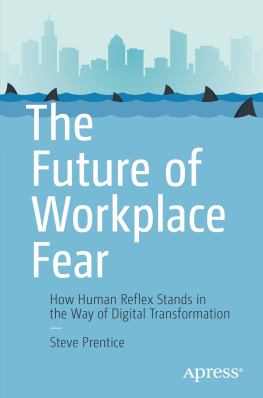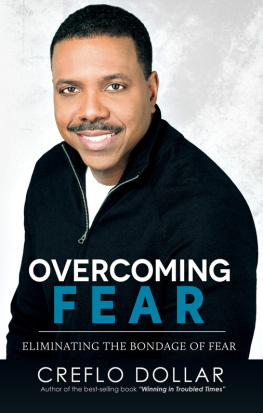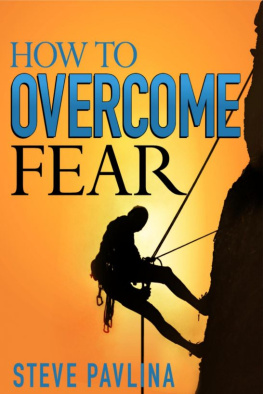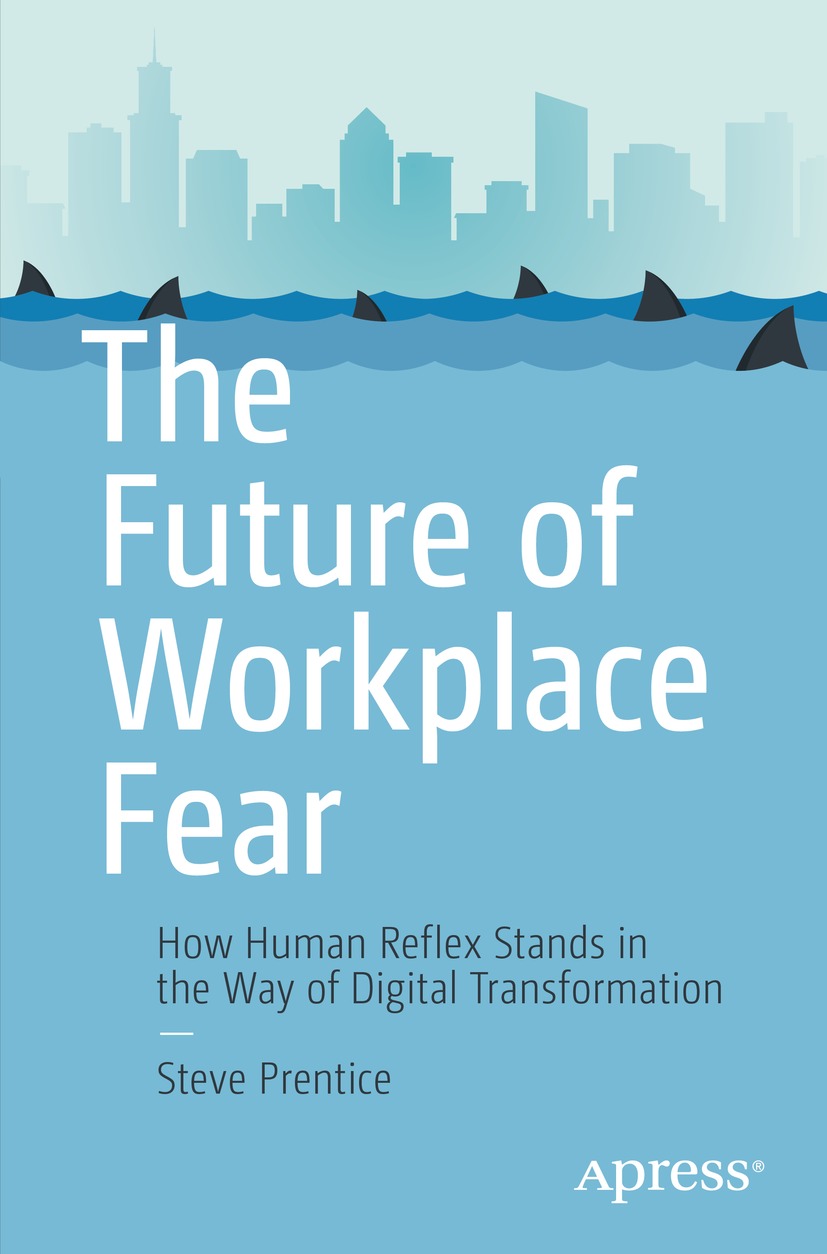Steve Prentice - The Future of Workplace Fear: How Human Reflex Stands in the Way of Digital Transformation
Here you can read online Steve Prentice - The Future of Workplace Fear: How Human Reflex Stands in the Way of Digital Transformation full text of the book (entire story) in english for free. Download pdf and epub, get meaning, cover and reviews about this ebook. year: 2022, publisher: Apress, genre: Religion. Description of the work, (preface) as well as reviews are available. Best literature library LitArk.com created for fans of good reading and offers a wide selection of genres:
Romance novel
Science fiction
Adventure
Detective
Science
History
Home and family
Prose
Art
Politics
Computer
Non-fiction
Religion
Business
Children
Humor
Choose a favorite category and find really read worthwhile books. Enjoy immersion in the world of imagination, feel the emotions of the characters or learn something new for yourself, make an fascinating discovery.
- Book:The Future of Workplace Fear: How Human Reflex Stands in the Way of Digital Transformation
- Author:
- Publisher:Apress
- Genre:
- Year:2022
- Rating:3 / 5
- Favourites:Add to favourites
- Your mark:
The Future of Workplace Fear: How Human Reflex Stands in the Way of Digital Transformation: summary, description and annotation
We offer to read an annotation, description, summary or preface (depends on what the author of the book "The Future of Workplace Fear: How Human Reflex Stands in the Way of Digital Transformation" wrote himself). If you haven't found the necessary information about the book — write in the comments, we will try to find it.
Workplace fear comes in many forms, including the fear of change, the fear of looking stupid, and the fear of working relationships, and in all cases these fears have deep roots that extend far below having to learn a new technology. Its about the fear of losing a job, a livelihood, and an identity.
The results of such fear can have enormous repercussions on an organization, including increased vulnerability to ransomware and cyberattack, increased employee turnover, loss of competitiveness, loss of market share, resistance, sabotage, discrimination, and litigation.
Steve Prentice is an expert in the relationship between people, technology, and change. This book will demonstrate to managers and employees alike the various types of fear that can occur in the workplace in the context of digital transformation, how these fears can impact productivity, team dynamics, and corporate health, and most importantly, how to overcome them.
Using case studies of digital transformation successes and failures, Steve describes:
- How fear grows in the body and mind
- How fear radiates and spreads through groups and teams
- How fear interacts with technology, change, and digital transformation
- How ignoring or suppressing fear leads to tangible risks to an organizations future
- How to address and manage fear individually and as a group
- How the demands of modern employees have changed
- How managers can prepare themselves for the new normal
Managers who wish to look under the hood and understand how people respond to the changes in their immediate world, and why most of those responses are negative. It will also be an uplifting read for individual employees who seek to understand why they, or their colleagues or managers, generally respond negatively to changes, or who struggle with conflict and relationships in the workplace and how to create an action plan to improve the situation.
Steve Prentice: author's other books
Who wrote The Future of Workplace Fear: How Human Reflex Stands in the Way of Digital Transformation? Find out the surname, the name of the author of the book and a list of all author's works by series.












